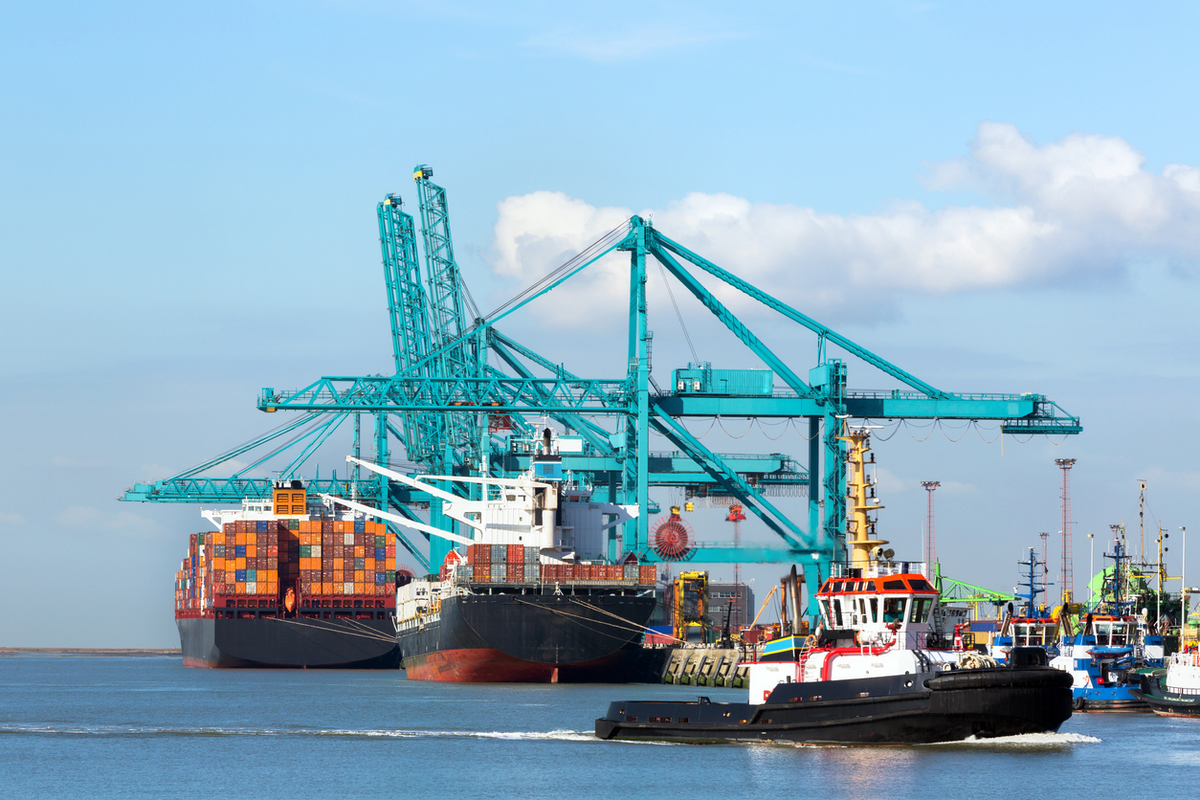T&E doubts LNG would help towards EU emission targets
A study conducted by Transport & Environment (T&E) has found that LNG adoption could put a brake on efforts to reach EU net-zero emission target by 2050.
 PHOTO: Huge container ship being unloaded with cranes at a container terminal in Antwerp, Belgium. Getty Images
PHOTO: Huge container ship being unloaded with cranes at a container terminal in Antwerp, Belgium. Getty Images
Around a quarter of Europe’s ships will be LNG-powered by 2030, as EU sustainability targets promote the use of LNG, says T&E.
Environmental groups such as T&E have strongly criticised the inclusion of LNG in FuelEU Maritime regulations as it might slow the process of adoption of zero emission fuels.
“We cannot afford to shift from one fossil fuel to another,” says T&E sustainable shipping officer Delphine Gozillon.
T&E recommends that the European Commission (EC) should mandate use of e-fuels.
This comes on the back of the EC's voiced views on LNG last year, when it put LNG forward as a necessary transitional fuel to decarbonise the EU maritime sector for as long as zero- and low-emission fuels are still not available at scale.
T&E foresees that without a mandate or incentives from the EC to switch to hydrogen based e-fuels, shipowners will rely on cheaper alternatives such as LNG and biofuels to comply with the proposed FuelEU Maritime greenhouse gas emission targets.
It thinks a 6% e-fuels target for the shipping industry by 2030 can create an entire supply chain network and boost demand for zero-emission fuels.
LNG can curb carbon dioxide emissions by about a quarter compared to conventional bunker fuels. But its methane emissions can be 36 times more potent as a greenhouse gas compared to carbon dioxide over a century, according to a World Bank study.





